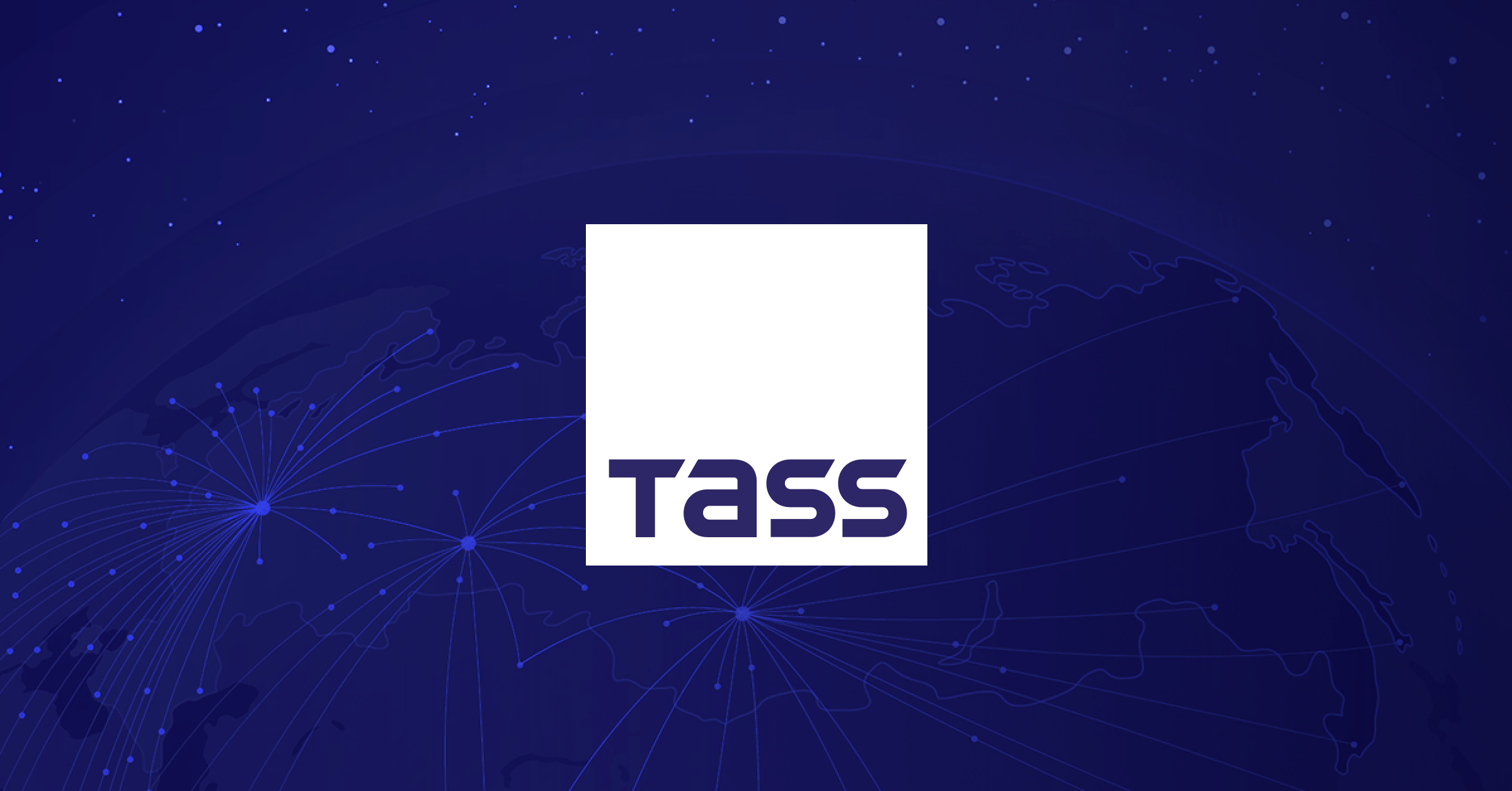Copyright Inc. Magazine

Throughout the last six months of virtually flat hiring rates, a silver lining has shown within the nation’s otherwise darkening labor market. Even if companies worried about the economy’s direction weren’t prepared to create many, if any new jobs, they also weren’t slashing headcounts with mass layoffs. But the tenuous sense of stability that produced may now be changing. Within the last month, leading U.S. corporations have cut over 150,000 employees, raising worries that smaller businesses under similar pressures may follow suit. The corporate shift from labor market’s wider low-hire and no-fire stasis to a more volatile job climate features prominently in executive outplacement specialist Challenger, Gray & Christmas’ employment report for October. The firm said U.S. companies announced 153,074 job cuts last month, a 175 percent increase over October 2024. That was also 183 percent more than the 54,064 layoffs in August. The last time October headcount reductions were that high was in 2023, when businesses eliminated 171,874 positions as surging adoption of smart phones led to considerable restructuring in the telecommunications and retail sectors. “This is the highest total for October in over 20 years, and the highest total for a single month in the fourth quarter since 2008,” Challenger, Gray & Christmas workplace expert and chief revenue officer Andy Challenger wrote in the report. “Like in 2003, a disruptive technology is changing the landscape.” Indeed companies including Amazon, IBM, Google, UPS, Meta, and Intel said mass layoff announced in October were motivated in large part by continuing efforts to automate employee work tasks with increasingly capable artificial intelligence (AI) tools. Other businesses, including Target, General Motors, and Paramount/Skydance said they cut headcounts for reasons ranging from post-merger consolidation to declining sales. In many cases, companies also cited the spreading strategy of flattening hierarchies, which seeks to speed decision-making by reducing entire layers of middle management. But whatever the reasons, those mass layoff decisions suggest that the low-hire and no-fire recruitment plans businesses had in place since May may now be ending. Featured Video An Inc.com Featured Presentation “Some industries are correcting after the hiring boom of the pandemic, but this comes as AI adoption, softening consumer and corporate spending, and rising costs drive belt-tightening and hiring freezes,” Challenger noted. “Those laid off now are finding it harder to quickly secure new roles, which could further loosen the labor market.” Another big change the report noted was companies’ willingness to undertake mass layoffs in the run-up to the holiday season. With the spread of social media platforms providing dismissed employees a digital bullhorn to shame companies they’d been cut from, Challenger said in recent years businesses had largely avoided “announcing layoffs before the holidays fell away, a practice that seemed particularly cruel.” That’s apparently no longer a consideration. “At a time when job creation is at its lowest point in years, the optics of announcing layoffs in the fourth quarter are particularly unfavorable,” he added. The Challenger report is one of several studies by private sector players, which business leaders have increasingly turned to in the absence of official national employment data during the ongoing government shutdown. Payroll service providers and other companies have stepped into that void with their own employment statistics, providing company owners clues on where the economy and labor market appear to be heading. The most recent wave of those reports showed hiring again remained anemic in October. Among those releases was the monthly survey of member entrepreneurs by the National Federation of Independent Business. It found just 15 percent of respondents saying they plan on hiring in coming months. But in contrast to the defensiveness shaping national labor market stagnation, many small company owners explained their reduced recruitment on recurring difficulties they’ve had finding qualified candidates for positions they’ve tried to fill. Overall, polls in recent months have indicated small business owners’ confidence has remained fairly solid despite lingering concerns about import tariffs, tenaciously robust inflation, and higher labor costs. However, a Washington Post report published this week says doubts that fueled last month’s corporate layoffs may now be influencing many entrepreneurs’ hiring plans as well. “Many small businesses are similarly taking defensive actions as they contend with multiple pressure points, from inflation and a weeks-long government shutdown to increasingly dour consumer sentiment and rumblings of a recession,” the Post said in a report that featured several entrepreneurs who’ve reduced or frozen headcounts. “They are crucial economic engines in their communities and collectively employ more than 40 percent of the U.S. workforce, but they tend to experience financial shocks more acutely than their corporate peers.” At the moment, there still isn’t much statistical evidence to indicate small businesses are following the example of big corporations by swapping low-hiring and no-firing strategies with big headcount cuts. But as 2025 draws to a close, employment experts will be carefully watching to see if Main Street entrepreneurs similarly start eliminating jobs in the big ways leading Wall Street firms have — and usher in an economic and employment downturn business leaders have feared for months.



